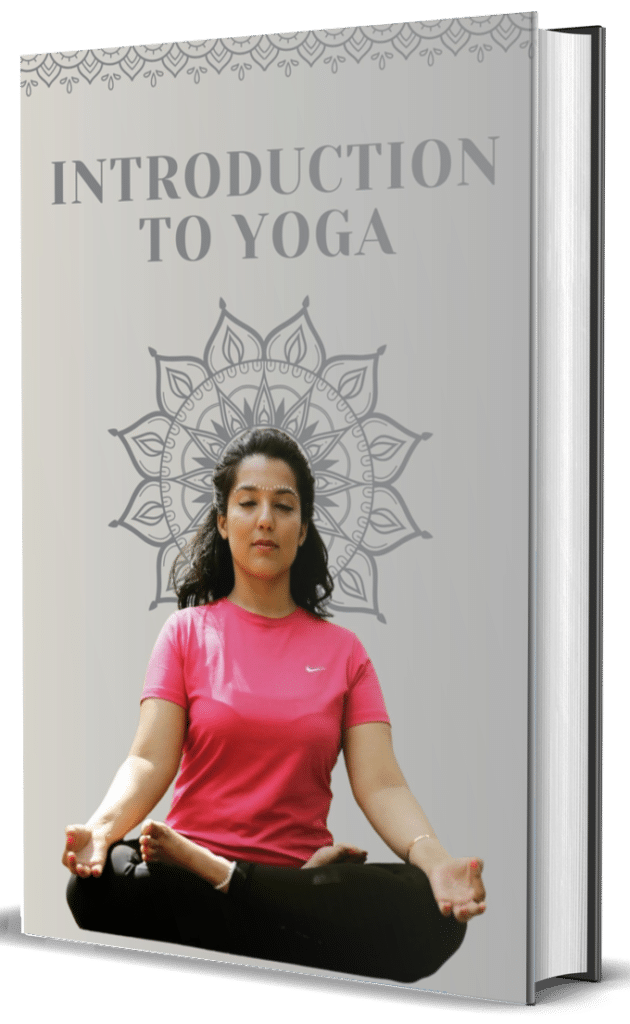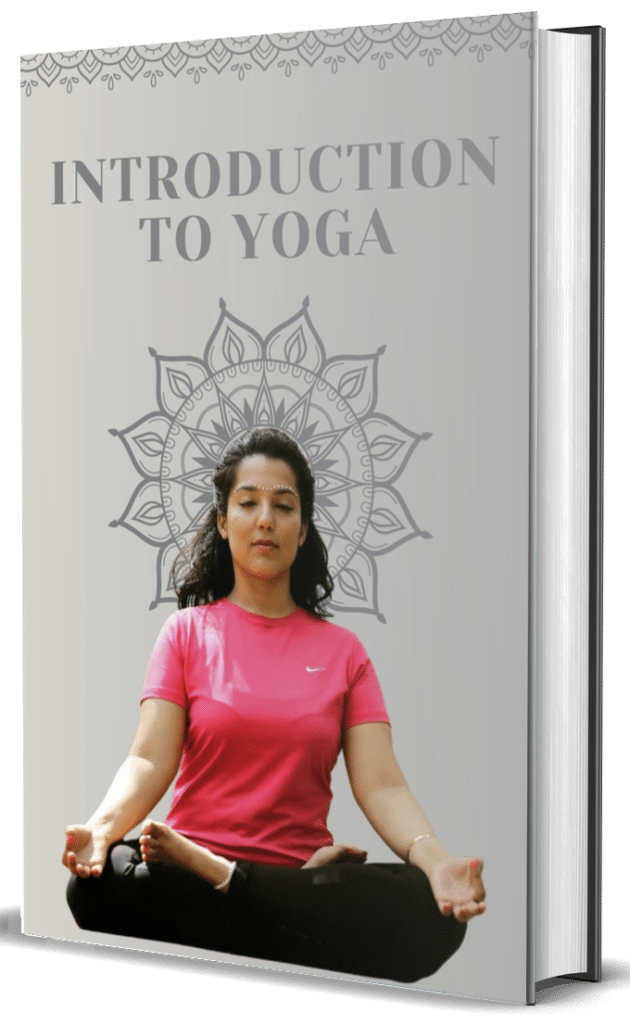Mysore Style represents a traditional self-paced approach to Ashtanga Yoga practice, named after the South Indian city where Sri K. Pattabhi Jois established the Ashtanga Yoga Research Institute. Unlike led classes where all students follow the teacher’s cues simultaneously, Mysore Style creates a unique learning environment where practitioners move through the established sequence at their own breath pace while receiving personalized guidance from teachers circulating throughout the room.
The format originated with Sri T. Krishnamacharya in the early 20th century and was further developed by his student Pattabhi Jois. The approach mirrors traditional Indian pedagogy where knowledge transfers directly from teacher to student through personalized instruction rather than group lectures. This one-on-one teaching within a community setting creates a distinctive atmosphere that balances individual progress with collective energy.
In a typical Mysore Style room, practitioners of all levels practice side by side, each working at their appropriate level in the defined Ashtanga sequence. Beginners might practice only the opening sequence and a few standing postures, while advanced students move through entire primary, intermediate, or advanced series. This multi-level environment creates natural mentorship as newer students observe more experienced practitioners while receiving direct guidance appropriate to their stage.
The self-paced nature of Mysore Style develops several important qualities in practitioners. Students build exceptional self-reliance by memorizing the sequence rather than relying on external cues. The approach fosters profound body awareness as practitioners learn to honor daily fluctuations in energy and capacity. The consistent structure combined with personalized pacing creates a laboratory for observing how the same practice feels different each day, developing witness consciousness.
Traditional Mysore programs typically operate six days per week (excluding Saturdays, new moons, and full moons) with early morning practice hours, often beginning before sunrise. This intensive schedule reflects the practice’s origins as a householder discipline integrated into daily life rather than an occasional activity. Many dedicated practitioners maintain this six-day rhythm for years or decades, creating exceptional consistency in their yoga journey.
The teacher’s role in Mysore Style differs significantly from other yoga teaching formats. Rather than performing or verbally cueing postures, teachers observe closely, offering hands-on adjustments, verbal cues, and modifications specific to each student’s needs. They determine when students are ready to receive new postures, creating a measured progression that respects the individual learning curve while maintaining the tradition’s methodical approach to advancement.
Though traditionally associated specifically with Ashtanga Yoga, the Mysore Style format has influenced other yoga lineages, with some contemporary teachers applying similar self-paced, teacher-guided approaches to different asana sequences or practices.



